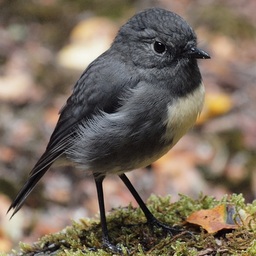On Friday night I baked the ciabatta from Rose Levy Beranbaums's The Bread Bible (TBB). On Saturday I decided to try Peter Reinhart's recipe from Bread Baker's Apprentice (BBA) for comparison. I am glad I did. My results were success-failures. I failed to properly shape the loaves from TBB, and as a result I ended up with broad, flat, spreading loaves with little or no loft/spring. As a consequence of that I nearly over-baked them, although by appearance you would not think so. I should have pushed the hydration more in the BBA loaves, because they ended up a bit "bready". Here are my results.
First, Friday night from The Bread Bible:

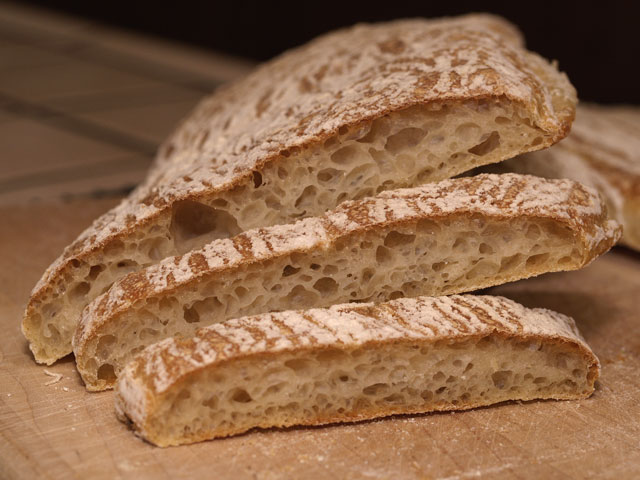
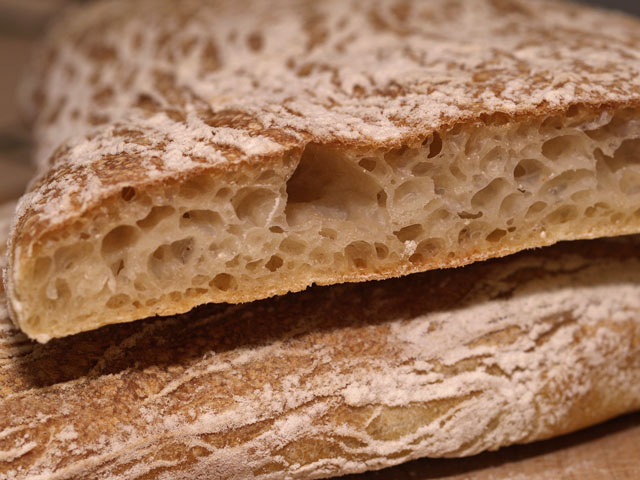
As you can see, there was little true "spring" in these loaves, but the crust came out thin and crisp as it should, and the crumb is filled with holes both big and small. I especially like the gelatinization of the starches that is evident here. This bread is not perfect, but it is good to both the eye and the palate. We have been slicing it big, then splitting it crosswise, and making very tasty sandwiches from this.
After these results I decided to try a comparison to broaden my experience, so I let Peter Reinhart challenge me. Saturday night I baked the ciabatta from the BBA. I have a couple more pictures from that bake than I do of the TBB bake above.
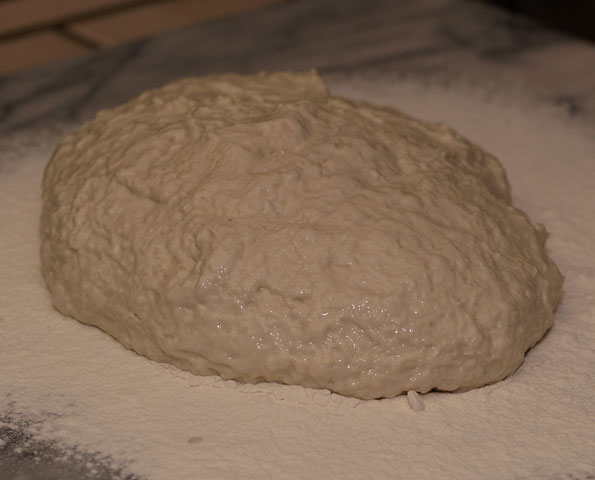
The shot above attests to how wet this dough was, although after the bake I concluded it needs to be wetter still. Below are the (very) rustic loaves proofed, loaded on my "Super Peel" and ready for loading into the oven.

I baked these on my unglazed quarry tiles, as exactly according to direction as possible, even spraying the oven repeatedly during the early 90 seconds of the bake.
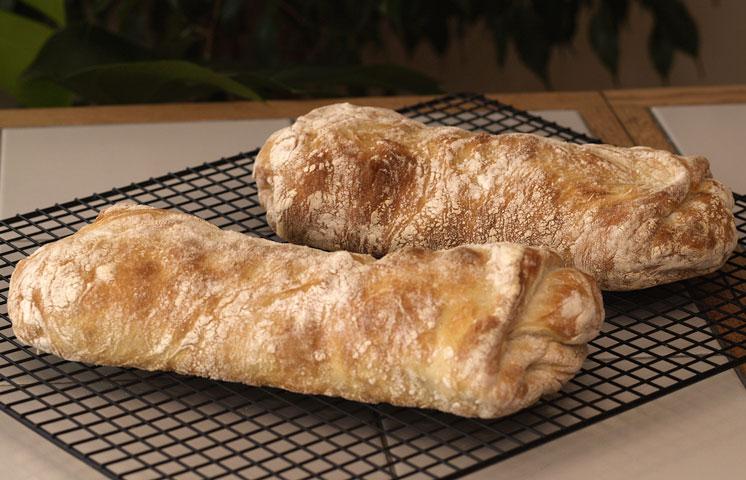
These loaves were not shaped perfectly, but they live up to "rustic" in character.

The folds are quite evident in my loaves, not that I think that is a bad thing. It adds to the rustic character, and does not detract from the taste at all in my opinion. The overabundance of flour, however, is another thing entirely, as the next shot shows.

This dough needed to be wetter, and the crumb attests to this. The directions specify a variable amount of water from 3 to 6 ounces. I used most of the 6 ounces. In a sidebar Mr. Reinhart advocates raising the hydration even more, so long as the dough will sustain the stretch and folds needed to develop the gluten. My loaves indicate this is not only a good idea, but necessary to achieve truly good results.

This closeup of the crumb shows how truly "bready" the crumb turned out. It very much needed more water/less flour. In addition, the small white "scrolls" in the crumb disclose my excess in flouring the dough between stretch and folds, and in shaping. I was a bit too enthusiastic in "generously" flouring the dough between operations. Controling this, too, will help me improve next time.
These recipes are for the same bread, but as I turned them out they seem to be from different planets. Despite the lack of loft in the RL version I think I did the bestjob of that bread. I got a much more true result, albeit altitude challenged! The BBA recipe bears repeating as well, because with still higher hydration, and more moderation in that "generosity" between operations it will, no doubt, turn out a beautiful loaf. I much prefer the bBA approach to shaping, and I like the rustic nature of the loaves once they are baked.
Two pairs of slippers: Two different ciabattas. Too much fun!
Thanks for stopping by.
OldWoodenSpoon
Footnote: For those not aware: ciabatta is Italian for "slipper" and the shape of this loaf is supposed to evoke the image of a slipper when done correctly. Hence the name.
